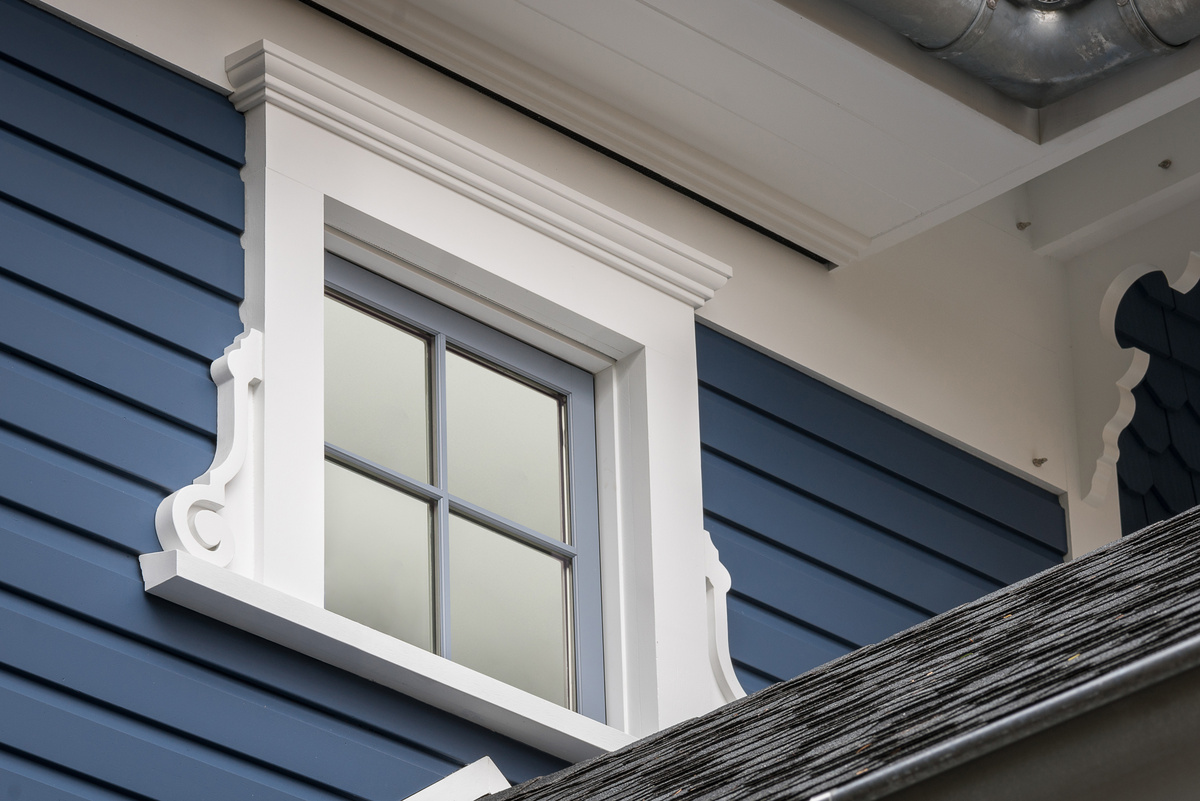

Articles
What Is Lap Siding
Modified: January 8, 2024
Discover everything you need to know about lap siding in our comprehensive articles. Find information on installation, maintenance, and design options.
(Many of the links in this article redirect to a specific reviewed product. Your purchase of these products through affiliate links helps to generate commission for Storables.com, at no extra cost. Learn more)
Introduction
Lap siding is a popular choice for many homeowners when it comes to cladding their homes. It provides both functionality and aesthetics, offering protection from the elements while adding a touch of style. In this article, we will delve into the world of lap siding, exploring its definition, history, types, installation process, maintenance, common issues, cost, and sustainability.
Lap siding, also known as clapboard siding, is a type of exterior cladding that consists of horizontal overlapping boards. These boards are installed in such a way that each board overlaps the one below it, creating a natural barrier against moisture and wind. The overlapping design not only enhances the structural integrity of the siding but also adds depth and visual interest to the overall appearance of the house.
The popularity of lap siding can be traced back to its history, which dates back to the early colonial period in America. During that time, wood was the primary material used for constructing houses, and lap siding emerged as a practical and cost-effective way to protect these wooden structures from the elements. The technique of installing lap siding has been refined over the years, and today it is available in a variety of materials, including wood, vinyl, fiber cement, and metal.
Nowadays, lap siding comes in various styles and profiles, offering homeowners a wide range of options to choose from. The most common types of lap siding include traditional lap siding, Dutch lap siding, and beaded lap siding. Each type has its own unique appeal and architectural characteristics, allowing homeowners to select the style that best complements their home’s design.
There are numerous advantages to using lap siding as a cladding material. One of the key benefits is its durability. When properly installed and maintained, lap siding can withstand the test of time, resisting rot, decay, and insect damage. Moreover, lap siding offers excellent insulation properties, contributing to energy efficiency and lower utility bills. It is also relatively easy to install, making it an attractive option for both DIY enthusiasts and professional contractors.
Key Takeaways:
- Lap siding, also known as clapboard siding, is a durable and visually appealing exterior cladding option for homes, offering weather resistance, insulation, and a timeless architectural look. It has a rich history dating back to the early colonial period and has evolved to include various materials such as wood, vinyl, fiber cement, and metal.
- When considering lap siding for your home, it’s important to evaluate both the cost and sustainability aspects of the material. Understanding the financial investment and environmental impact can help you make an informed decision. Consider factors such as material costs, installation costs, ongoing maintenance expenses, material sourcing, environmental impact, life cycle assessment, and energy efficiency to ensure a well-informed choice that aligns with your budget, preferences, and environmental values.
Read more: How Much Lap Siding Do I Need
Definition of Lap Siding
Lap siding, also known as clapboard siding, is a type of exterior cladding that consists of horizontal overlapping boards. It is designed to protect the underlying structure from the elements, providing a durable and aesthetically pleasing finish for residential and commercial buildings.
The name “lap siding” derives from the way the boards are installed, with each board overlapping the one below it. This overlapping arrangement creates a tight seal that helps to prevent moisture infiltration, ensuring the longevity and integrity of the siding and the building it covers.
Lap siding is available in various materials, including wood, vinyl, fiber cement, and metal. Each material has its own unique characteristics and advantages, allowing homeowners and builders to select the most suitable option based on their preferences, budget, and the climate conditions of the area.
Wood lap siding is the traditional and most popular choice for many homeowners due to its natural beauty and versatility. It can be painted or stained in a wide range of colors, giving homeowners the flexibility to customize the appearance of their homes. Wood lap siding requires regular maintenance, such as painting or staining, to protect it from rot, insects, and weathering.
Vinyl lap siding is a low-maintenance alternative to wood. It is made from PVC (polyvinyl chloride) and comes in a variety of colors and styles. Vinyl lap siding is resistant to rot, insects, and fading, making it an attractive option for homeowners who prefer a hassle-free exterior cladding solution. Its installation is relatively straightforward, with interlocking panels that snap together, creating a seamless and uniform look.
Fiber cement lap siding is a composite material made from a mixture of cement, sand, and cellulose fibers. It offers the look of wood siding without the high maintenance requirements. Fiber cement lap siding is resistant to rot, insects, fire, and moisture, making it highly durable and long-lasting. It can be painted in a variety of colors and styles to match any architectural design.
Metal lap siding, often made from aluminum or steel, is gaining popularity for its modern and sleek appearance. It is highly resistant to rot, insects, and fire, making it a durable and low-maintenance option. Metal lap siding comes in pre-finished colors and is available in different profiles, allowing homeowners to achieve a contemporary look.
Overall, lap siding provides a practical and visually appealing solution for protecting buildings while enhancing their curb appeal. Whether it’s a traditional wooden clapboard or a modern metal lap siding, the overlapping design creates a beautiful and weather-resistant exterior surface that can withstand the test of time.
History of Lap Siding
The history of lap siding can be traced back to the early colonial period in America. During this time, wood was the primary material used for constructing houses, and lap siding emerged as a practical and cost-effective way to protect these wooden structures from the elements.
Early settlers used lap siding as a means to clad their homes, primarily because of the abundance of readily available timber. They would saw logs into boards, which were then installed horizontally on the exterior walls of their houses. The overlapping design of lap siding provided a natural barrier against moisture and wind, helping to keep the interiors dry and protected.
As the colonies expanded and architectural styles evolved, lap siding became more popular and began to be seen as a distinguishing feature of homes. The technique of installing lap siding was refined over the years, with craftsmen developing various profiles and methods to achieve different aesthetic effects.
During the 18th and 19th centuries, lap siding became synonymous with the iconic American farmhouse style. The boards were often hand-cut and planed, revealing the unique grain and texture of the wood. The size and width of the boards varied based on local traditions and available resources. In some regions, narrower boards were favored, while in others, wider boards were used to create a more rustic appearance.
With the industrial revolution and advancements in technology, the production and installation of lap siding became more efficient. Mills were established to mass-produce standardized lap siding boards, making it more accessible to a wider range of homeowners. This increased availability led to a greater adoption of lap siding as a cladding material.
In the 20th century, the introduction of new materials such as vinyl and fiber cement revolutionized the siding industry. While wood remained a popular choice for lap siding, these new materials offered advantages such as enhanced durability, lower maintenance requirements, and a wider range of design options.
Today, lap siding continues to be a prevalent choice for homeowners and builders seeking a traditional, yet timeless look for their homes. Its history is deeply intertwined with the growth of America and serves as a reminder of the enduring appeal and practicality of this classic cladding material.
Types of Lap Siding
There are several types of lap siding available in the market, each with its own unique characteristics and architectural appeal. Let’s explore some of the most common types:
- Traditional Lap Siding: Also known as bevel or clapboard siding, traditional lap siding is the most commonly used type. It features long, narrow boards that are overlapped horizontally, creating a distinctive shadow line. Traditional lap siding is available in various materials, including wood, vinyl, and fiber cement, allowing homeowners to choose the option that best suits their preferences and budget. This type of lap siding is versatile and can be painted or stained in a wide range of colors, offering flexibility in achieving the desired aesthetic.
- Dutch Lap Siding: Dutch lap siding, also called German lap or cove lap siding, is similar to traditional lap siding but with an added beveled edge. The beveled edge gives the siding a more pronounced shadow line and creates a subtle decorative effect. Dutch lap siding provides a traditional, rustic look and is often used in historic or cottage-style homes. It is available in various materials, including wood, vinyl, and fiber cement.
- Beaded Lap Siding: Beaded lap siding is characterized by a small groove or bead running along the bottom edge of each board. This decorative detail adds texture and visual interest to the siding. Beaded lap siding is often used to evoke a sense of elegance and charm, making it a popular choice for colonial or Victorian-style homes. It can be found in wood or fiber cement materials.
- Shiplap: While not a traditional lap siding, shiplap is worth mentioning as it has gained popularity in recent years. Shiplap siding consists of horizontally installed boards with a rabbet joint that allows the boards to fit snugly together. The outer edges of the boards have a small groove, creating a distinctive shadow line. Shiplap siding is known for its clean and modern look and is often used in farmhouse-style or coastal-inspired homes. It is available in wood, vinyl, and fiber cement options.
These are just a few examples of the types of lap siding available in the market. Each type offers its own unique aesthetic appeal and can be customized to suit different architectural styles and personal preferences. Whether you prefer a traditional look with traditional lap siding or desire a more decorative feel with beaded lap siding, there is a lap siding option that can beautifully enhance the exterior of your home.
Pros and Cons of Lap Siding
Lap siding is a popular choice for many homeowners due to its numerous benefits. However, like any building material, it has its advantages and disadvantages. Let’s explore the pros and cons of lap siding:
Read more: Where To Buy Dutch Lap Wood Siding Near Me
Pros:
- Weather Resistance: Lap siding’s overlapping design creates a natural barrier against moisture and wind. This helps to protect the underlying structure from water damage, rot, and mold growth. Additionally, lap siding can withstand extreme weather conditions such as heavy rain, wind, and hail.
- Enhanced Insulation: Lap siding provides an additional layer of insulation to the exterior walls of a building. This helps to improve energy efficiency by reducing heat loss in the winter and heat gain in the summer. As a result, it can contribute to lower energy bills and a more comfortable living environment.
- Wide Range of Materials: Lap siding is available in various materials, including wood, vinyl, fiber cement, and metal. Each material has its own advantages, allowing homeowners to choose the option that best suits their preferences, budget, and maintenance requirements.
- Aesthetically Pleasing: Lap siding offers a timeless and traditional look that can enhance the curb appeal of any home. It comes in different profiles and styles, allowing homeowners to achieve the desired architectural aesthetic. Lap siding can be painted or stained in a range of colors, offering versatility in customization.
- Easy Installation: Lap siding is relatively easy to install, making it a popular choice for both DIY enthusiasts and professional contractors. It typically comes in pre-cut lengths and interlocking panels, simplifying the installation process and reducing labor costs.
Cons:
- Maintenance Requirements: Depending on the material used, lap siding may require periodic maintenance. Wood lap siding, for example, needs regular painting or staining to protect it from moisture, rot, and insects. Vinyl and fiber cement lap siding, on the other hand, require less maintenance but may need occasional cleaning to remove dirt and debris.
- Potential for Water Intrusion: While lap siding is designed to resist water penetration, improper installation or lack of maintenance can lead to water infiltration. This can result in moisture-related issues, such as rot, mold, and deterioration of the underlying structure.
- Cost Considerations: The cost of lap siding varies depending on the material chosen. While wood lap siding is generally more affordable, other materials like vinyl and fiber cement may have a higher upfront cost. However, considering the long lifespan and durability of lap siding, it can be a worthwhile investment in the long run.
- Limited Design Options: Although lap siding offers versatility in terms of color and profile, it may have limitations compared to other cladding materials. For homeowners seeking a more unique or unconventional design, alternative cladding options may be a better fit.
Overall, lap siding is a popular choice for its durability, weather resistance, and aesthetic appeal. It offers a range of options to suit different preferences and budgets. However, it is essential to consider the maintenance requirements and potential limitations to make an informed decision for your specific needs and circumstances.
Installation Process of Lap Siding
The installation process of lap siding may vary slightly depending on the specific material used, but the general steps remain consistent. Here is a step-by-step guide to installing lap siding:
- Prepare the Surface: Ensure the wall surface is clean, dry, and free from any debris or protrusions. Repair or replace any damaged or rotting boards, and ensure the wall is properly flashed and waterproofed.
- Measure and Mark: Begin by measuring and marking the desired height at which the first row of lap siding will be installed. Use a level and chalk line to establish a straight and level guideline across the length of the wall.
- Install Starter Strips: Install starter strips, which act as a base for the first row of lap siding. These strips are typically made of the same material as the siding and are secured to the bottom of the wall using screws or nails.
- Start with the First Row: Begin installing the first row of lap siding at one end of the wall. Align the bottom edge of the first board with the starter strip and ensure it is level using a carpenter’s level. Attach the board to the wall using nails or screws, securing it firmly in place.
- Overlap the Boards: Install the subsequent boards by overlapping them over the previous one. The amount of overlap will depend on the specific type of lap siding being used. Ensure the boards are level and plumb as you go.
- Fasten the Siding: Secure each board to the wall by nailing or screwing it at appropriate intervals. The required fastener spacing will depend on the material and manufacturer’s guidelines. Use corrosion-resistant nails or screws to ensure durability.
- Trim and Cut: Cut the boards to the desired length using a circular saw or a proper cutting tool. When cutting, ensure the edges are clean and straight for a seamless fit. Use special tools, such as a siding gauge or snips, to make precise cuts around windows, doors, and corners.
- Continue to the Next Rows: Repeat the installation process for the subsequent rows, ensuring each board overlaps the one below it. Use the guidelines established in the first row to maintain a level and uniform installation.
- Trim and Finish: Once all the lap siding is installed, trim any excess material and apply appropriate trim pieces to achieve a finished look. Caulk any gaps or joints to provide added weather resistance and improve the overall appearance of the installation.
It’s important to note that the above steps provide a general guideline for lap siding installation. It’s always recommended to follow the specific manufacturer’s instructions and guidelines for the chosen lap siding material to ensure a proper and successful installation.
Maintenance and Care for Lap Siding
Maintaining and caring for your lap siding is essential to ensure its longevity, appearance, and performance. Regular maintenance helps protect the siding from the effects of weathering, moisture, and other potential issues. Here are some tips on how to maintain and care for lap siding:
- Inspect Regularly: Perform regular visual inspections of your lap siding to identify any signs of damage, such as cracks, rot, or insect infestation. Check for areas where moisture could potentially penetrate or accumulate, such as around windows, doors, and corners.
- Clean Regularly: Clean your lap siding at least once a year or as needed to remove dirt, mildew, and other debris. Use a soft brush or sponge, along with a mild detergent and water, to gently scrub the surface. Rinse thoroughly with clean water after cleaning.
- Address Stains Promptly: Promptly address any stains or discoloration on your lap siding to prevent them from becoming permanent. Depending on the type of stain, you may need to use specialized cleaners or treatments. Always follow the manufacturer’s recommendations and test any new product on a small inconspicuous area first.
- Trim Vegetation: Trim any vegetation, such as trees or bushes, that are growing close to your lap siding. Overgrown vegetation can trap moisture against the siding, leading to mold growth and potential damage. Keep a clearance of several inches between the siding and any vegetation.
- Monitor and Fix Caulking: Check the caulking around windows, doors, and other penetrations regularly. If you notice any gaps or cracks, remove the old caulk and reapply a new bead of high-quality exterior caulk. This will help prevent water intrusion and maintain the integrity of the siding.
- Consider Repainting or Restaining: If you have wood lap siding, consider repainting or restaining it every few years to protect the wood from moisture, UV rays, and other environmental factors. Before repainting or restaining, ensure that any existing finish is thoroughly cleaned and the surface is properly prepared.
- Repair Damaged Areas: If you identify any damaged boards or areas of your lap siding, repair them promptly to prevent further deterioration and to maintain the overall integrity of the siding. Depending on the extent of the damage, this may involve replacing individual boards or sections of the siding.
- Follow Manufacturer’s Guidelines: Always refer to the specific maintenance instructions provided by the manufacturer of your lap siding. Different materials have different maintenance requirements, and following the recommended guidelines will ensure the best care for your particular siding.
By following these maintenance and care tips, you can extend the lifespan of your lap siding and ensure it continues to enhance the beauty and protection of your home for years to come.
When installing lap siding, make sure to leave a small gap between each board to allow for expansion and contraction with changes in temperature and humidity. This will help prevent warping and buckling over time.
Read more: What Is The Size Of A Lap Blanket
Common Issues and Troubleshooting
While lap siding is known for its durability and weather resistance, like any exterior cladding, it can encounter certain issues over time. Identifying and addressing these issues promptly can help prevent further damage and maintain the integrity of your lap siding. Here are some common issues and troubleshooting tips:
- Moisture Damage: Moisture can be a common concern with lap siding. Over time, if moisture seeps into the siding, it can cause rot, mold growth, and deterioration. To prevent this, regularly inspect your lap siding for any signs of moisture damage, such as soft or discolored boards. Address any leaks, damaged caulk, or gaps in the siding promptly to prevent further water infiltration.
- Insect Infestation: Certain pests, such as termites or carpenter ants, can pose a threat to lap siding made of wood. Regularly inspect your siding for any signs of insect activity, such as small holes or sawdust-like debris. If you suspect an infestation, contact a professional pest control service to assess the situation and provide necessary treatment.
- Cracks or Splits: Over time, lap siding may develop cracks or splits, especially in wood or fiber cement materials. These can be caused by natural expansion and contraction due to temperature changes or impact damage. Check for any cracks or splits during regular inspections and promptly repair or replace affected boards to prevent further damage and maintain the integrity of the siding.
- Staining or Discoloration: Siding may develop stains or discoloration over time due to exposure to environmental factors, such as dirt, mildew, or UV rays. Regular cleaning can help prevent and remove minor stains. For more stubborn stains, consider using specialized cleaners or treatments specifically designed for the type of lap siding you have. Test any new product on a small, inconspicuous area first to ensure compatibility and prevent any damage to the siding.
- Loose or Missing Boards: High winds, impact damage, or improper installation may cause individual boards to become loose or even go missing. If you notice any loose or missing boards, secure or replace them promptly to maintain the overall integrity and appearance of the siding. Use appropriate fasteners and follow the manufacturer’s recommendations for installation.
- Paint or Stain Peeling: If you have painted or stained lap siding, peeling or flaking may occur over time. This can be caused by inadequate surface preparation, poor quality paint or stain, or exposure to harsh weather conditions. To address peeling, remove loose paint or stain, prepare the surface properly, and apply a high-quality exterior paint or stain according to the manufacturer’s guidelines.
It is important to regularly inspect your lap siding for any signs of these common issues, as early detection and prompt action can prevent further damage and potentially save you from costly repairs or replacements. Consult with professionals if needed or seek guidance from the manufacturer for specific troubleshooting steps based on the material of your lap siding.
Cost and Sustainability of Lap Siding
When considering lap siding for your home, it is important to evaluate both the cost and sustainability aspects of the material. Understanding the financial investment and environmental impact can help you make an informed decision. Let’s explore the cost and sustainability considerations of lap siding:
Cost Considerations:
The cost of lap siding can vary depending on several factors, including the material, style, quality, and size of your project. Here are some key cost considerations:
- Material Costs: Lap siding is available in various materials, such as wood, vinyl, fiber cement, and metal. Each material comes with its own price range. For example, wood lap siding tends to be more affordable compared to fiber cement or metal options. Vinyl lap siding is often considered a cost-effective choice due to its lower upfront costs and minimal maintenance requirements.
- Installation Costs: The cost of labor for installation can vary depending on the complexity of the project, the size of your home, and the expertise required. Hiring a professional contractor to install lap siding can add to the overall cost, while DIY installation can help reduce expenses if you have the necessary skills and tools.
- Maintenance Costs: Another factor to consider is ongoing maintenance costs. Wood lap siding, for instance, may require regular painting or staining, adding to the long-term expenses. On the other hand, vinyl and fiber cement lap siding generally have lower maintenance requirements, potentially reducing maintenance costs over time.
It is essential to carefully assess your budget and weigh the upfront costs against the long-term expenses when considering lap siding for your home.
Sustainability Considerations:
Lap siding can offer sustainability benefits depending on the material chosen and its environmental impact. Here are some key sustainability considerations:
- Material Source: When selecting lap siding, consider the sourcing of the materials. Opting for sustainably sourced wood or environmentally friendly alternatives such as recycled content or low-carbon materials can contribute to a more sustainable choice.
- Environmental Impact: Evaluate the environmental impact of lap siding materials in terms of their production, installation, and lifespan. Look for materials with low carbon emissions, minimal waste generation, and energy-efficient manufacturing processes. Fiber cement and vinyl lap siding, for example, can be made from recycled content and have a longer lifespan compared to wood, reducing the need for replacements.
- Life Cycle Assessment: Consider the life cycle of lap siding materials and their impact on the environment throughout their lifespan. Assess factors such as durability, recyclability, and disposal at the end of their useful life. Materials that require fewer replacements and have recycling options can contribute to a more sustainable choice.
- Energy Efficiency: Lap siding can contribute to energy efficiency and reduce the carbon footprint of a home. Insulated lap siding options, such as fiber cement with integrated insulating properties, can enhance the thermal performance of the building envelope, resulting in reduced energy consumption and lower utility bills.
By considering the cost and sustainability aspects of lap siding, you can make a well-informed decision that aligns with your budget, preferences, and environmental values. It is advisable to consult with professionals or manufacturers to understand the specific cost and sustainability features of the lap siding materials you are considering for your home.
Read more: How To Make A Lap Quilt
Conclusion
Lap siding is a versatile and popular choice for homeowners looking to enhance the aesthetic appeal and protection of their homes. With its horizontal overlapping design, lap siding offers both functional benefits, such as weather resistance and insulation, as well as a timeless and architectural look.
In this article, we explored the definition, history, types, installation process, maintenance, common issues, cost, and sustainability of lap siding. We learned that lap siding has a rich history dating back to the early colonial period, where it served as a practical solution to protect wooden structures from the elements. Over time, lap siding has evolved, offering a range of materials such as wood, vinyl, fiber cement, and metal to suit different preferences and budgets.
Installing lap siding involves preparing the surface, measuring and marking, installing starter strips, overlapping the boards, and finishing touches. Regular maintenance and care are crucial to ensuring the longevity and performance of lap siding. This includes inspecting and cleaning the siding, addressing stains or damage promptly, and ensuring proper caulking and trim.
While lap siding offers numerous advantages, it is essential to consider some of its drawbacks, such as maintenance requirements and potential issues like moisture damage or insect infestation. By regularly inspecting, maintaining, and addressing problems promptly, homeowners can enjoy the benefits of lap siding for years to come.
When evaluating lap siding for your home, it’s important to consider both the cost and sustainability aspects. The cost factors include material costs, installation costs, and ongoing maintenance expenses, which can vary depending on the chosen material and installation methods. Additionally, lap siding offers sustainability considerations, such as material sourcing, environmental impact, life cycle assessment, and energy efficiency.
In conclusion, lap siding is a durable, visually appealing, and versatile cladding option for homes. With proper installation, maintenance, and consideration of cost and sustainability factors, lap siding can provide long-lasting protection and enhance the overall curb appeal of any property.
Frequently Asked Questions about What Is Lap Siding
Was this page helpful?
At Storables.com, we guarantee accurate and reliable information. Our content, validated by Expert Board Contributors, is crafted following stringent Editorial Policies. We're committed to providing you with well-researched, expert-backed insights for all your informational needs.
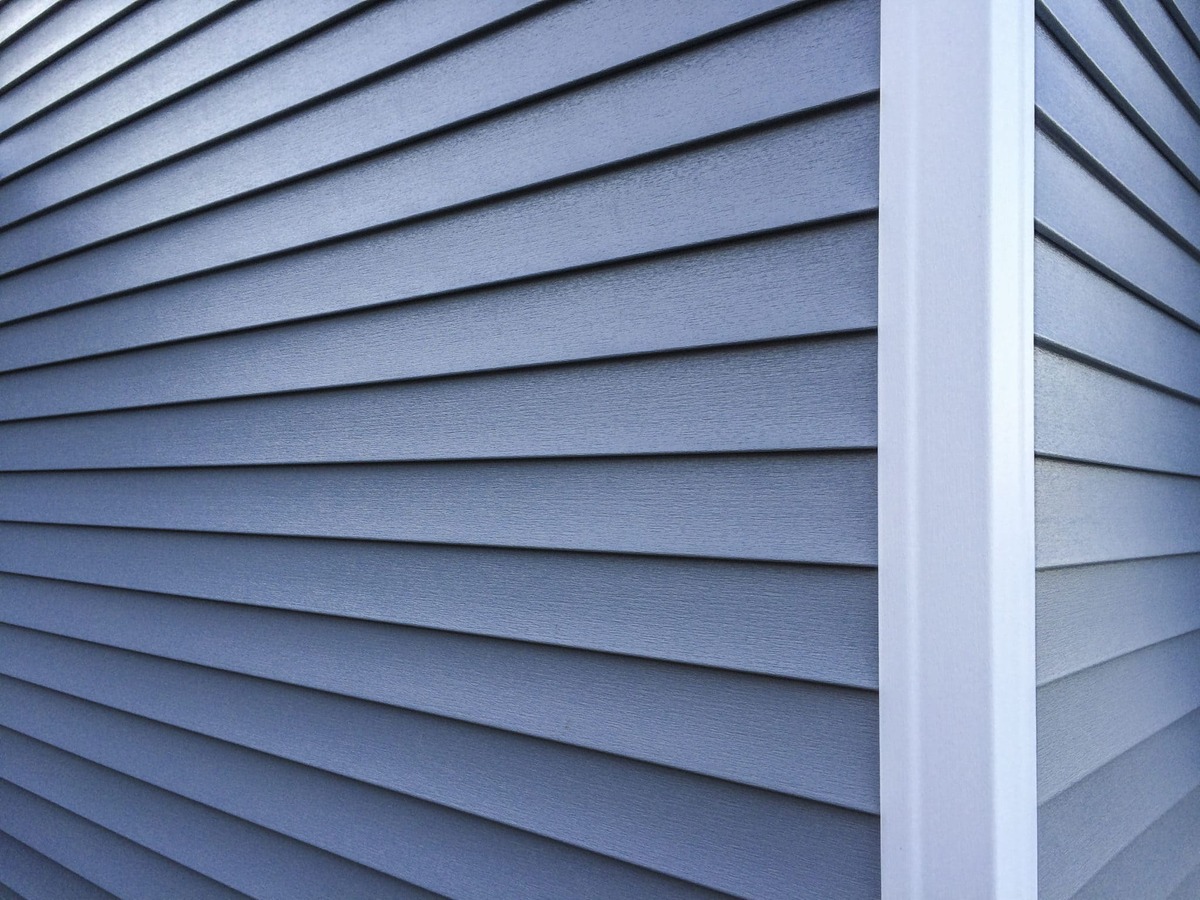
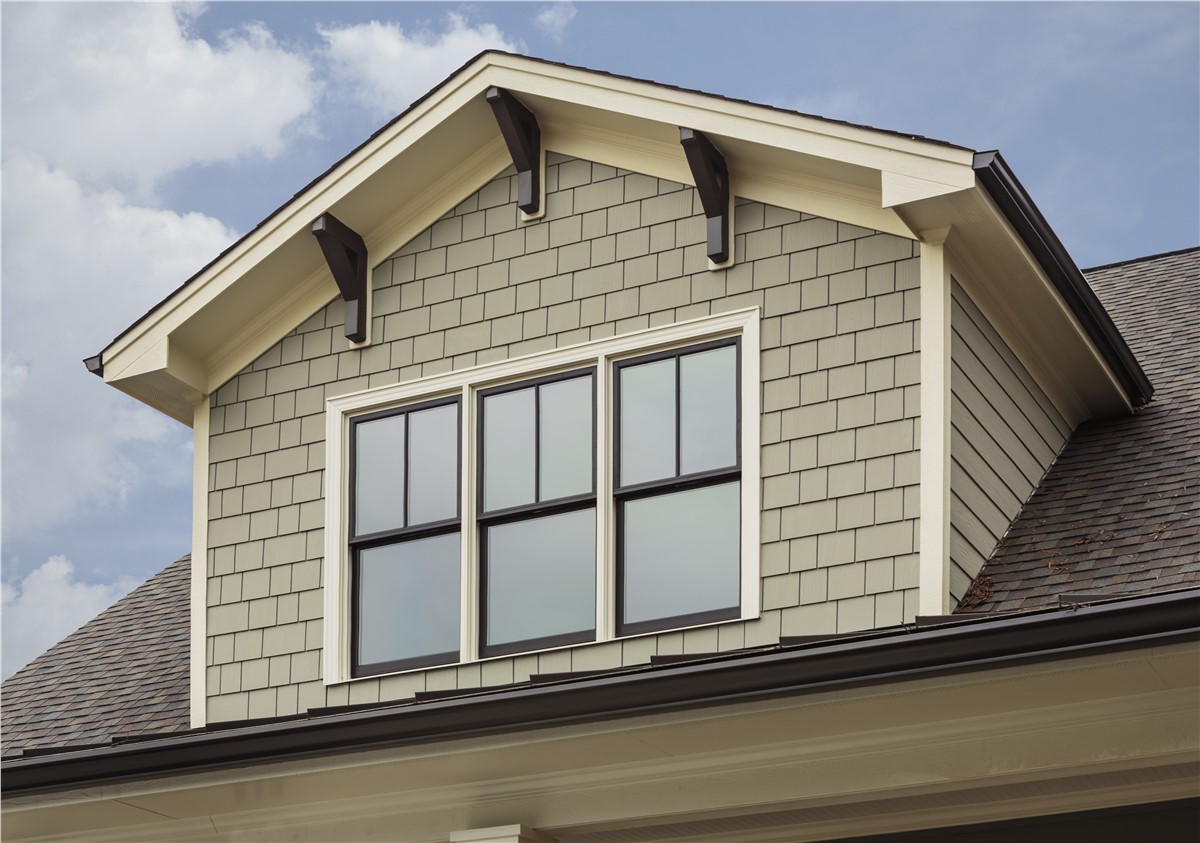
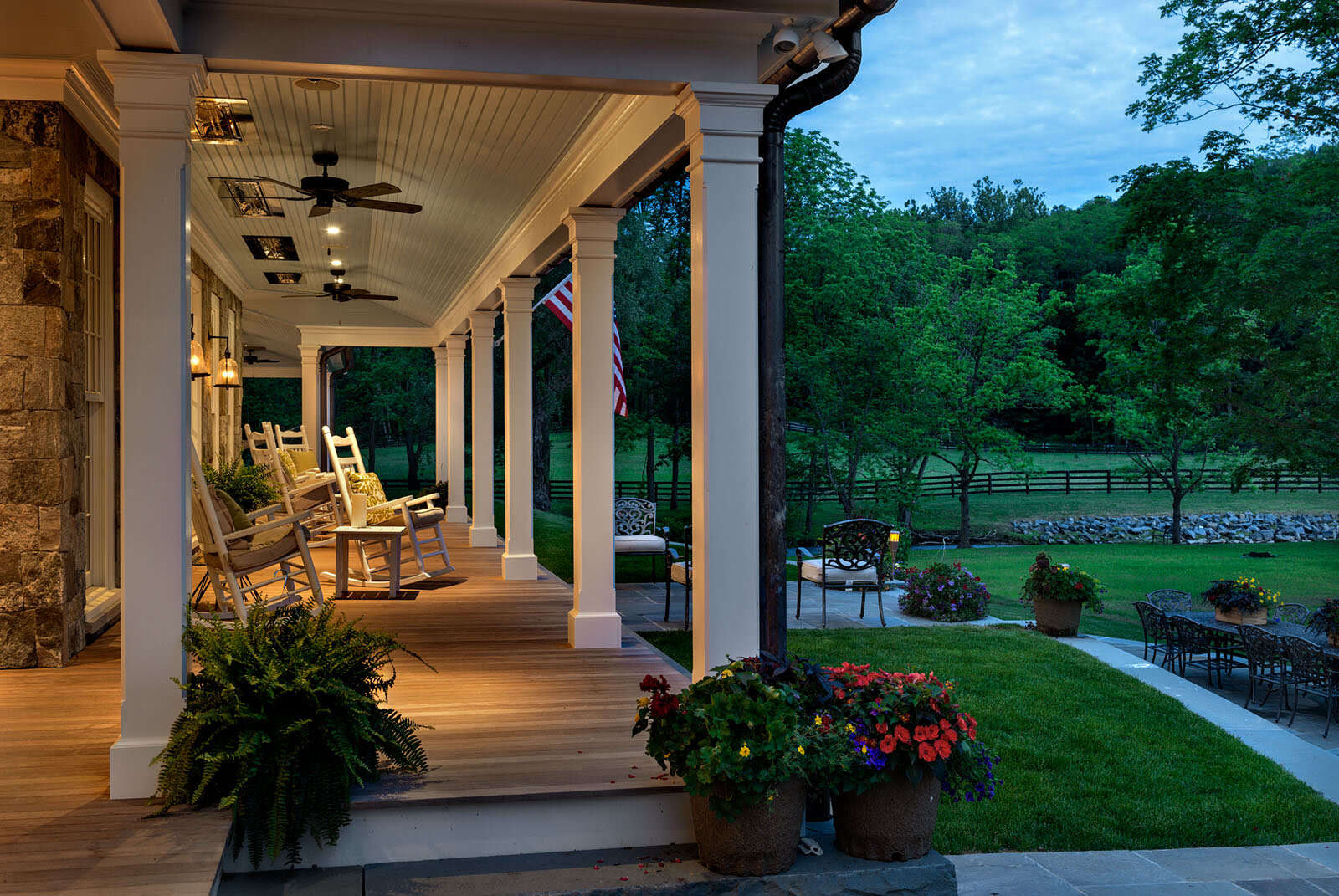
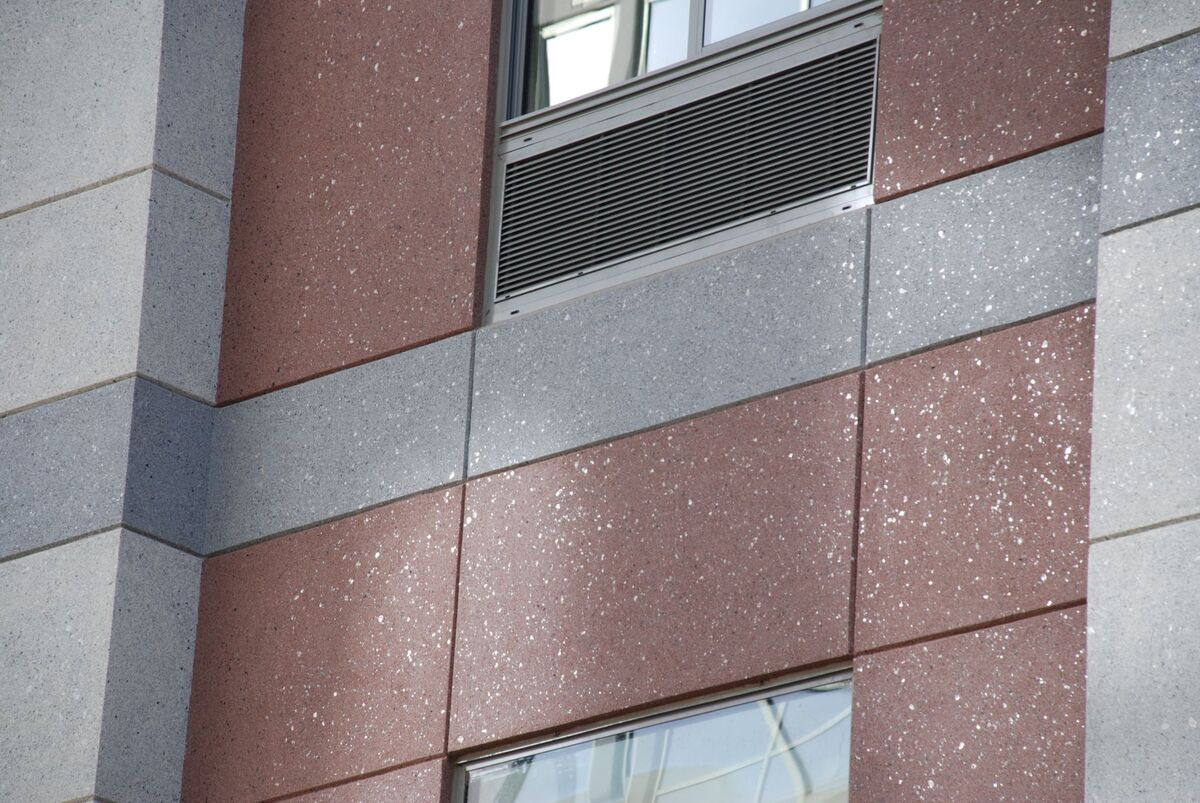
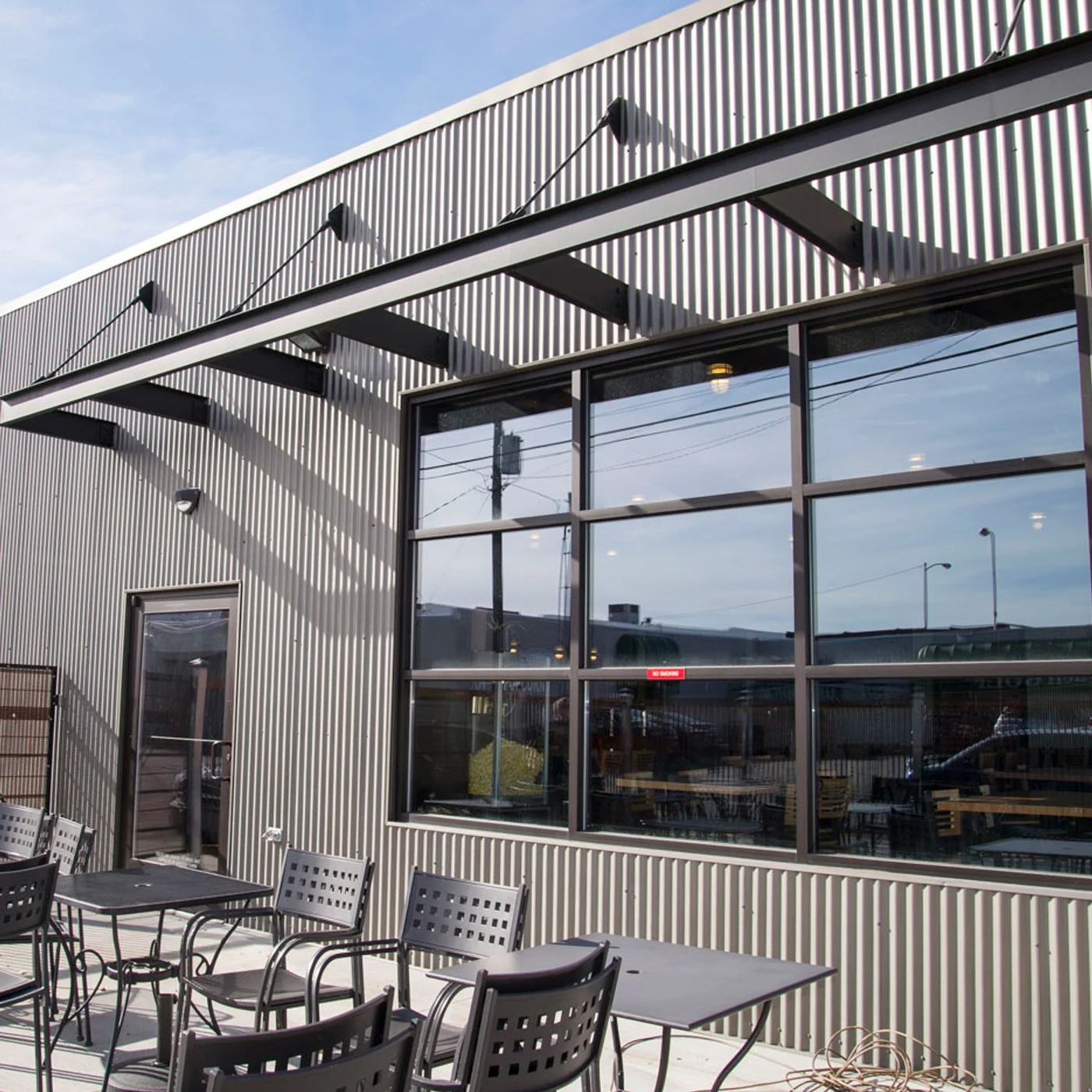
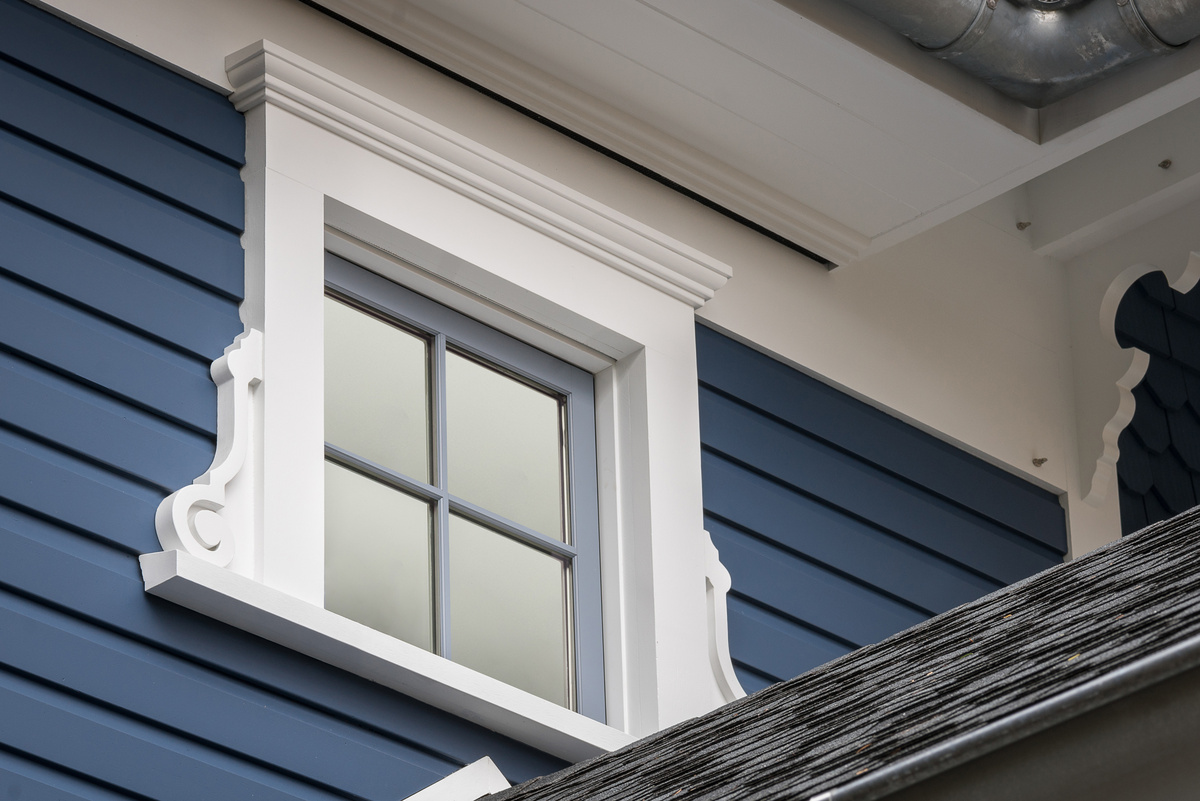
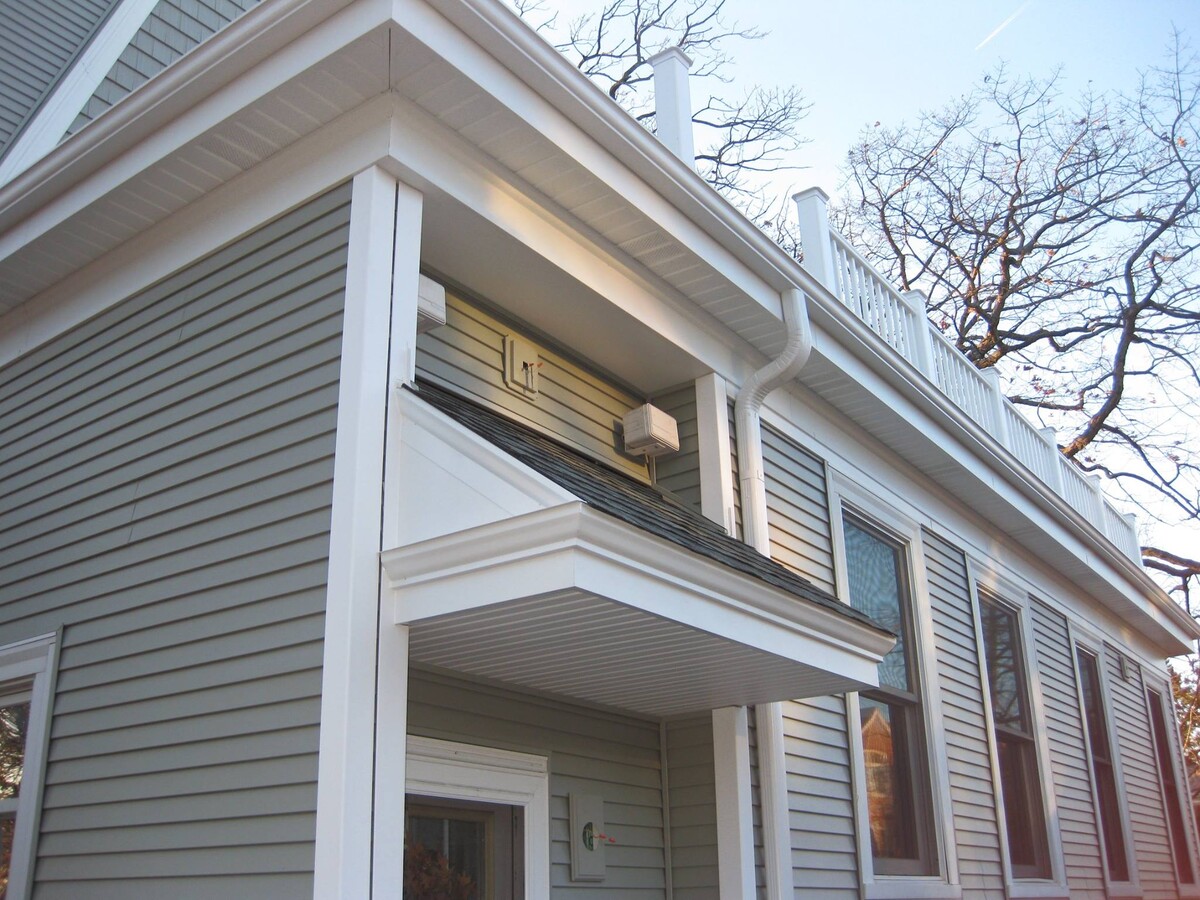
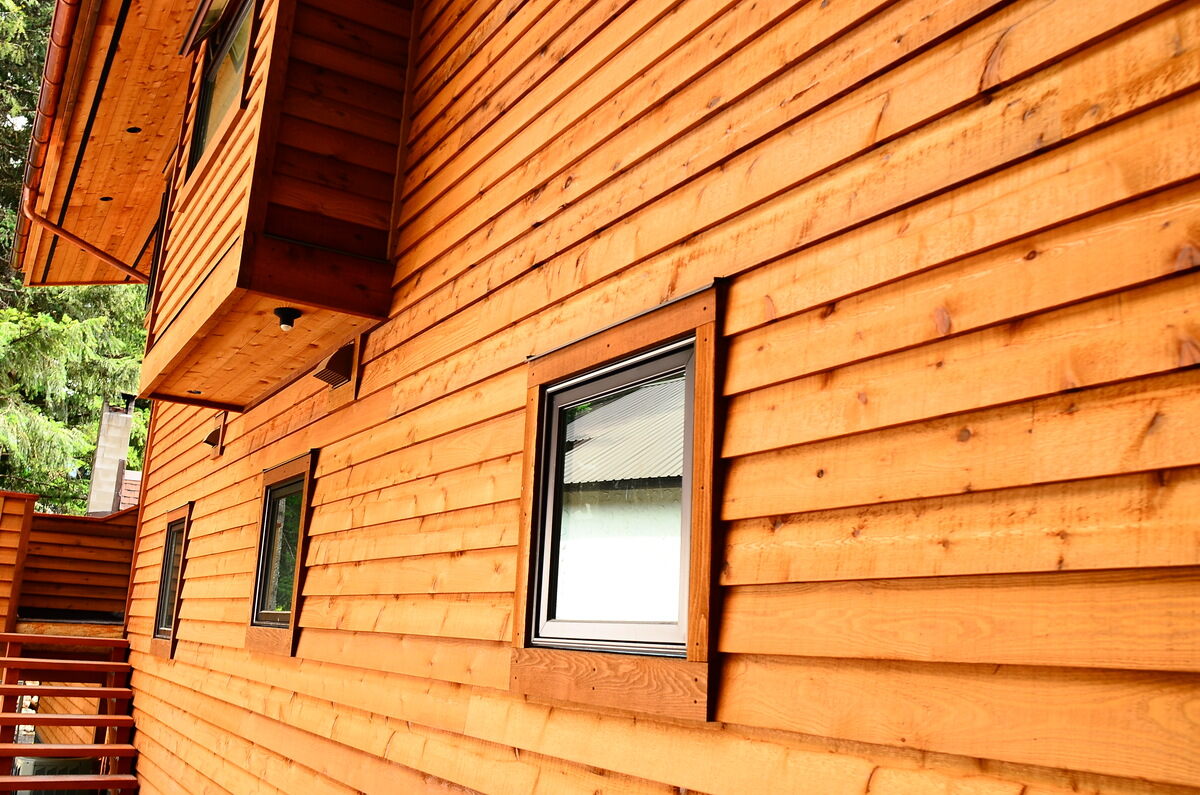
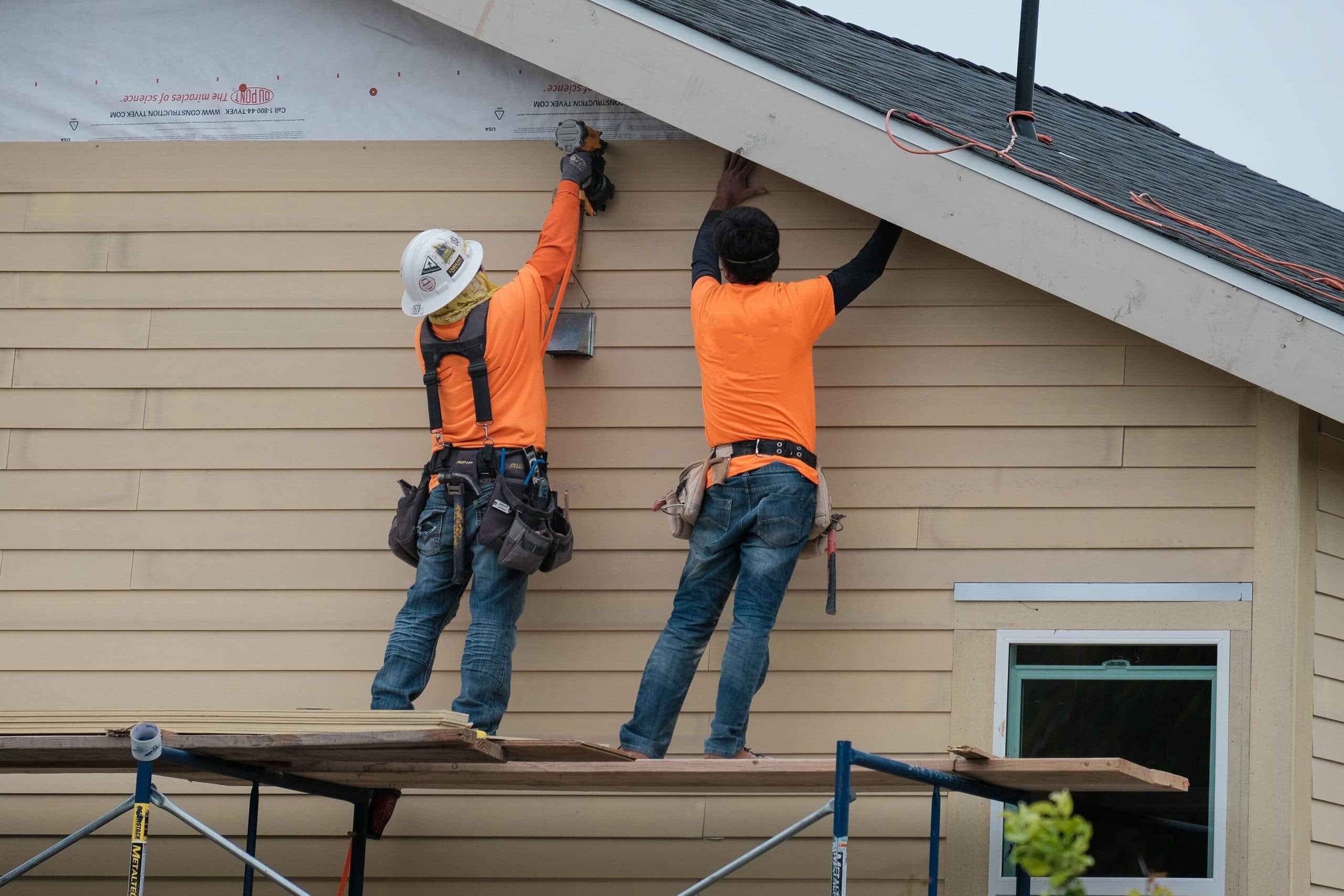

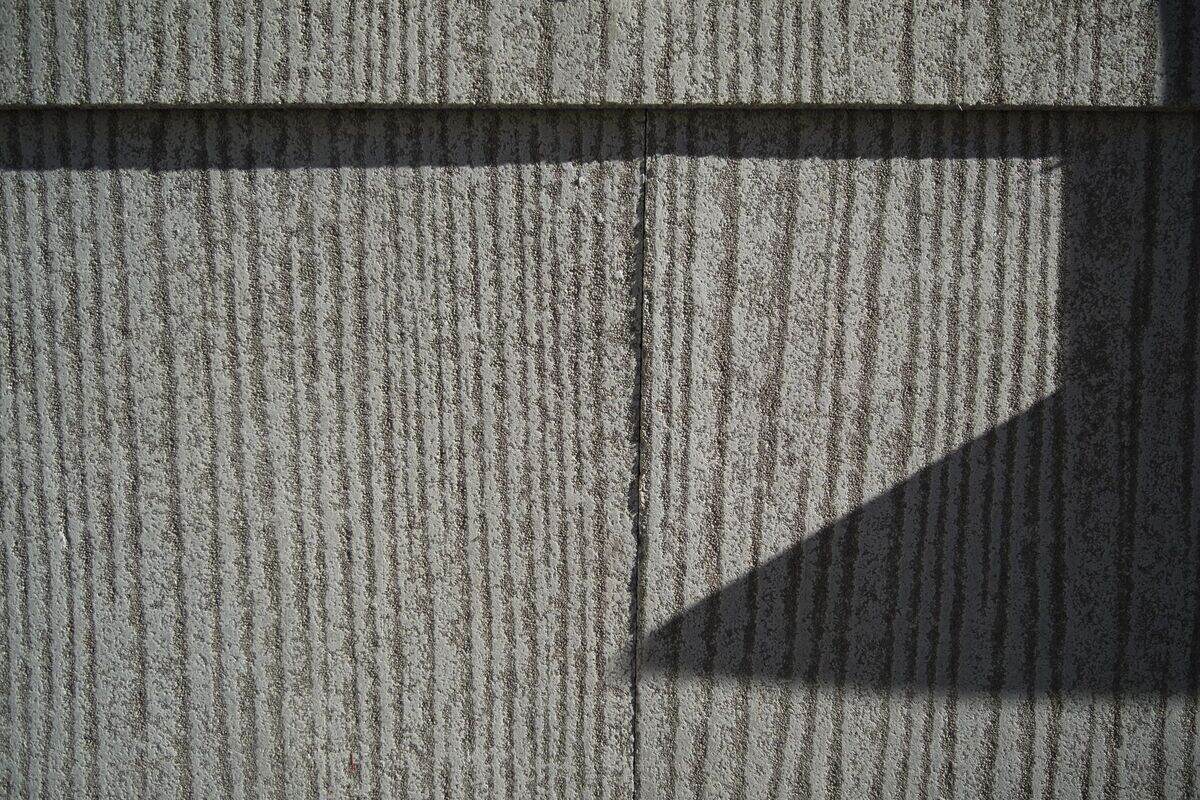
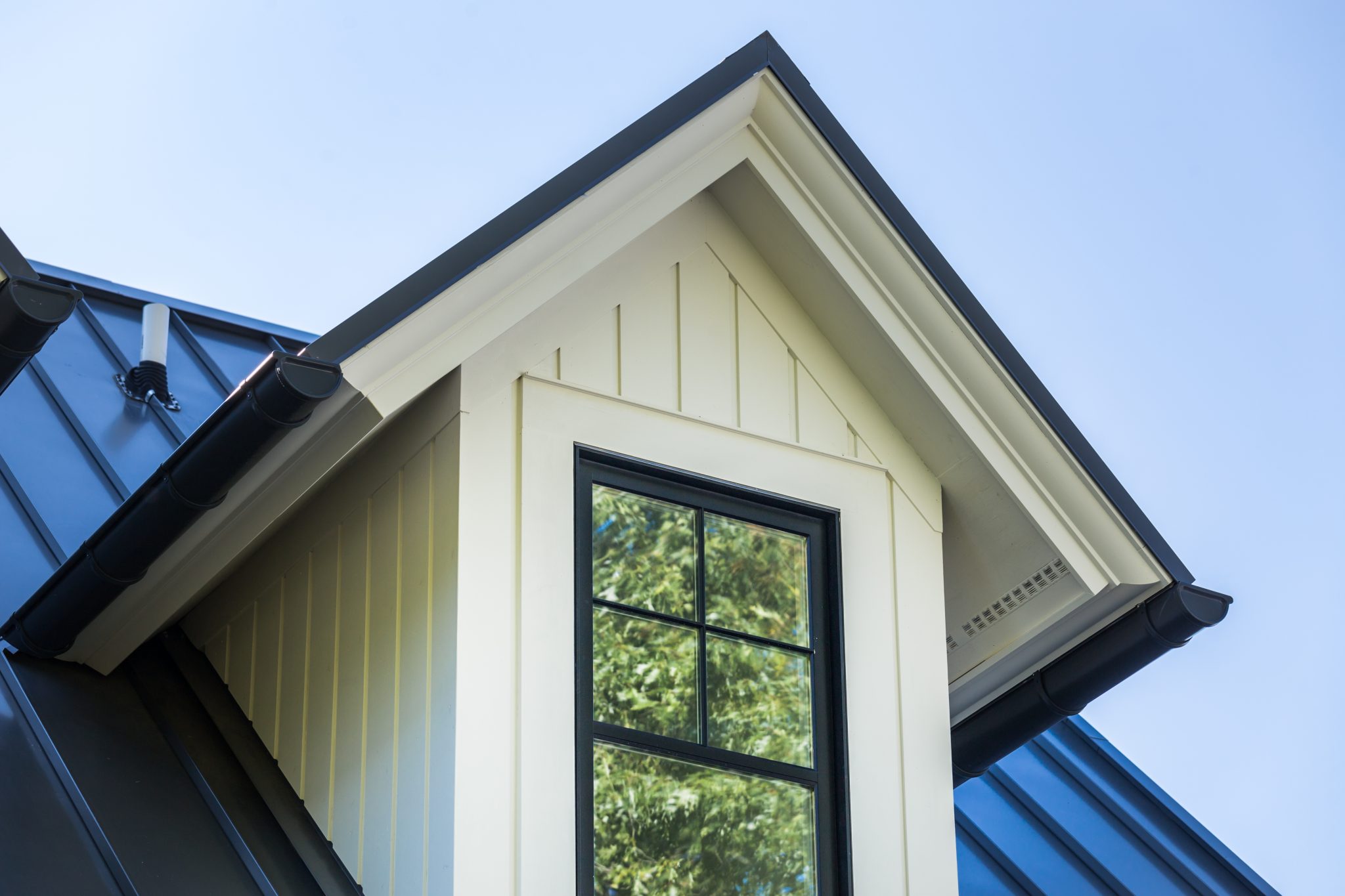

0 thoughts on “What Is Lap Siding”